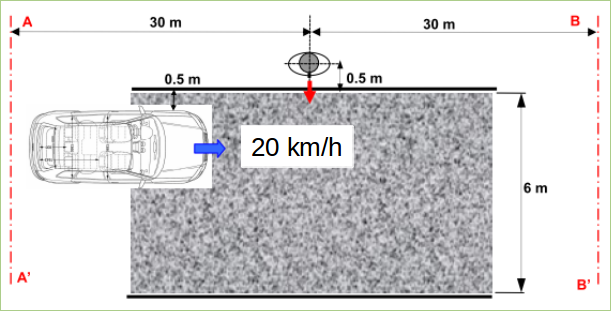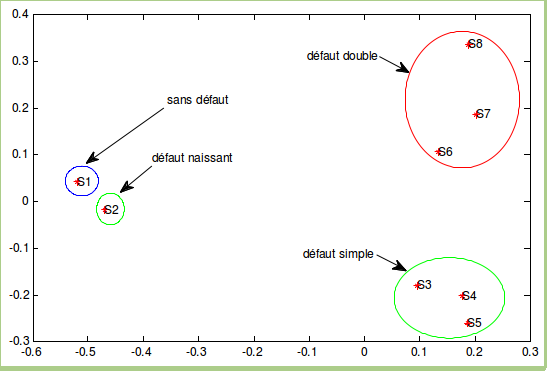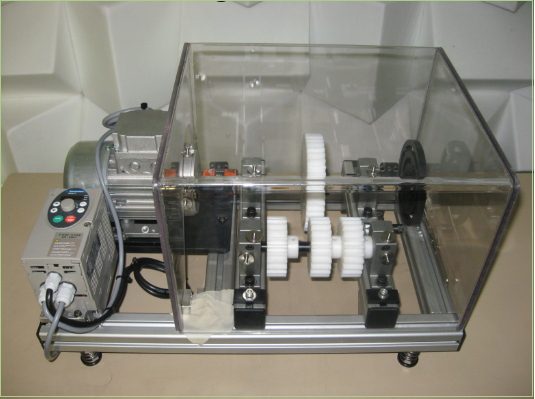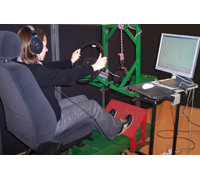Perception sonore et vibratoire
The purpose of this theme being developed at the laboratory since 1998 has been to better know the way the noise produced with an industrial object is assessed by a listener. Simple criteria of noise quantification, such as the global level of the possibly weighted noise A have been indeed not enough to predict this subjective assessment.
Other phenomena have an influence:
- Peripheral phenomena linked to the functioning of the auditory device (especially explaining that the global weighted level A is not a good indicator as for the perception of a sound level of any noise),
- Cognitive phenomena directly influencing the assessment of any noise, according to the expectations from the listener (is the driver of the vehicle or a resident ?), from his story, his preferences, etc..
This theme is thus a perfect complement for the intial themes developed by the laboratory, linking the physical object (noise), computed or measured to the reaction from the listener.
Examples of studies

Measurements of HRTF tranfer functions (Head Related Transfer Function)

Sound detection experiment within the context of a urban noise (application to electric cars)
Electric cars are very silent (at least at the velocities lower than 40 km/h), representing a wonderful opportunity to improve the urban environment, but also presenting high risks for pedestrians, especially for people with visual impairments. The LVA is the partner of a European project (Evader), requiring to suggest some alert sound systems allowing to get a good compromise in between security for pedestrians and improvement as for the sound environment.

Categorization and detection defects through sound perception

Identification of defects in rotating machinery.
The objective is here to suggest indicators, built from perceptive models allowing to know the operating condition of the machine from a sound recording.

Acoustic and vibratory comfort into an automobile.
A simple device allows to simulate the vertical vibrations from an automobile seat inside a laboratory while making listening a registered noise to the individual no matter where in the car It is thus possible to place this individual within a realistic vlbroacoustic environment of a vehicle. The influence of the different sensorial modalities about the comfort has been established along a thesis carried out with a constructor. These relative influences could have been llnked to basic psychophysical matters (for instance loudness for noise).
Perception of loudness in a realistic situation.
Loudness is the perceived level of a sound. Some models exist, but they have to be improved in different cases being regularly encountered : both listener’s ears get different signals (case of a localized source as a possible example) where the signal strongly varies. The laboratory has participated to an ANR project (Loudnat) the ambition of whom has been to improve the descriptors of loudness in such situations (in collaboration with the Mechanics and Acoustics Laboratory (LMA), Marseille Institute for Molecular Science(ISM2), and Mechanics Modelling and Green Processes (M2P2). and the Institute for Acoustic/Musical Research and Coordination from Paris.

